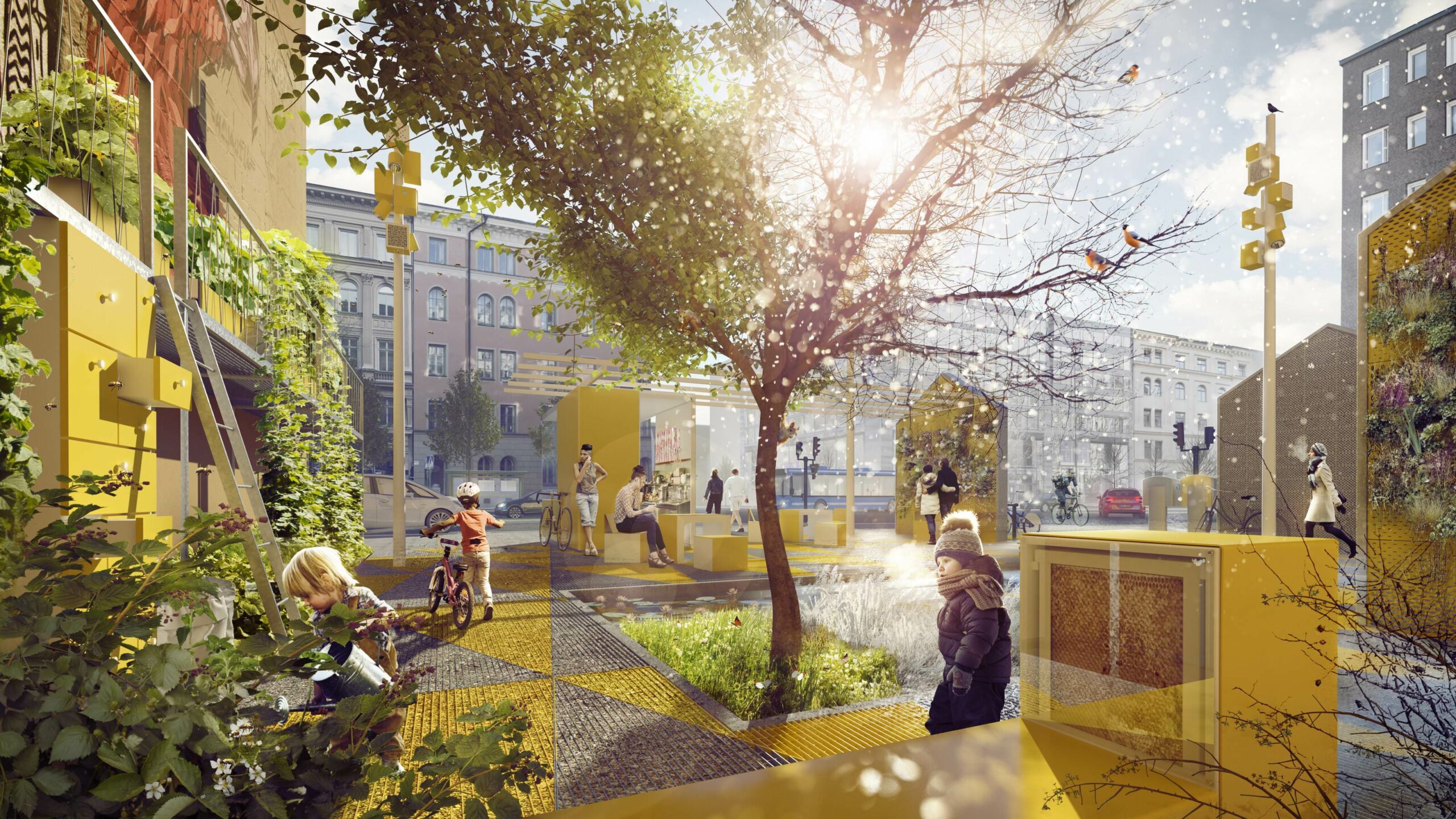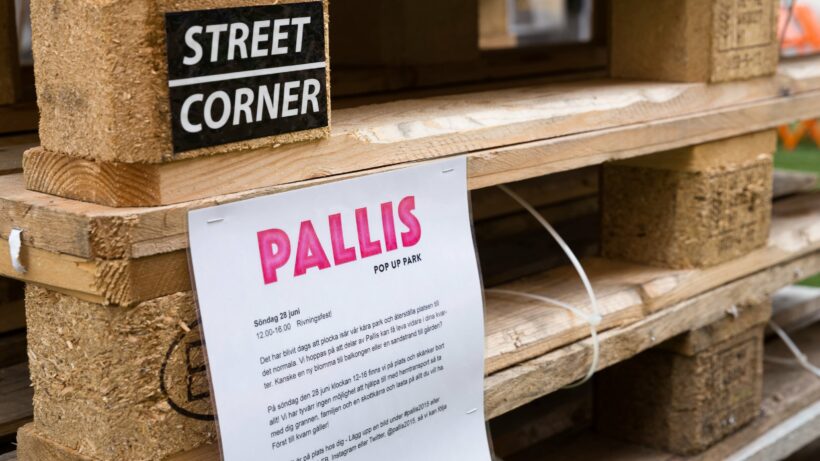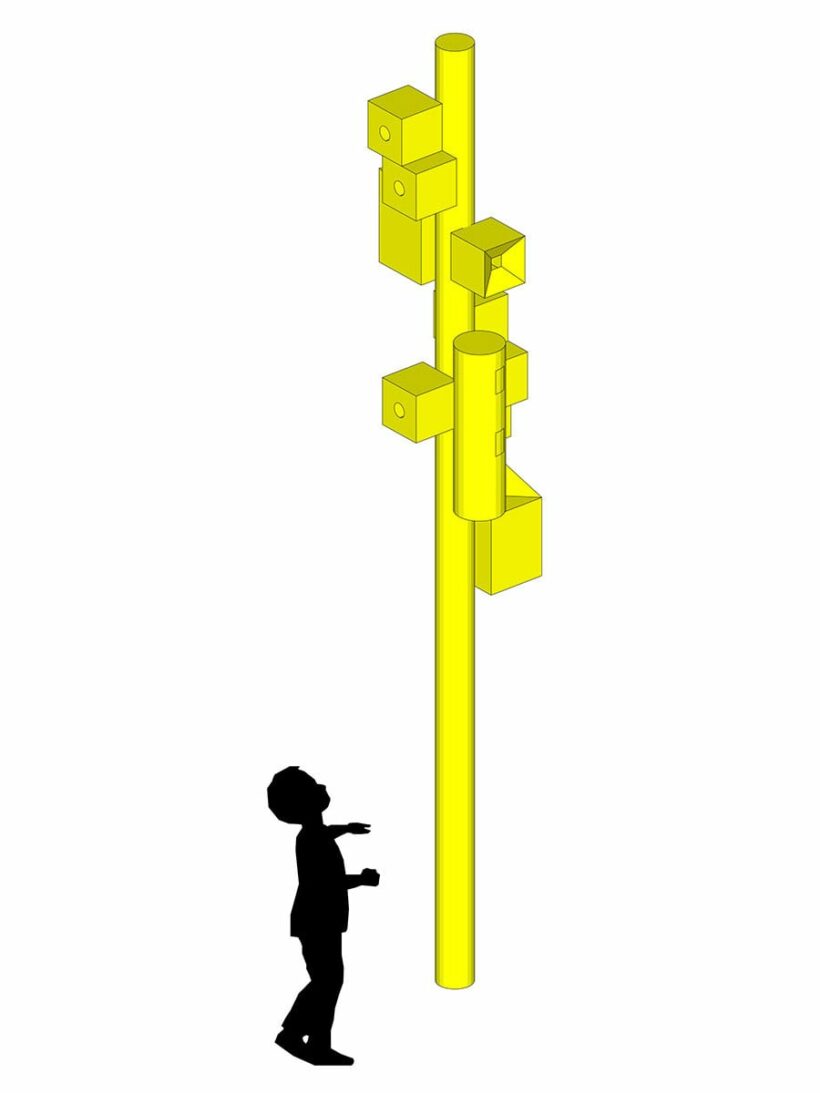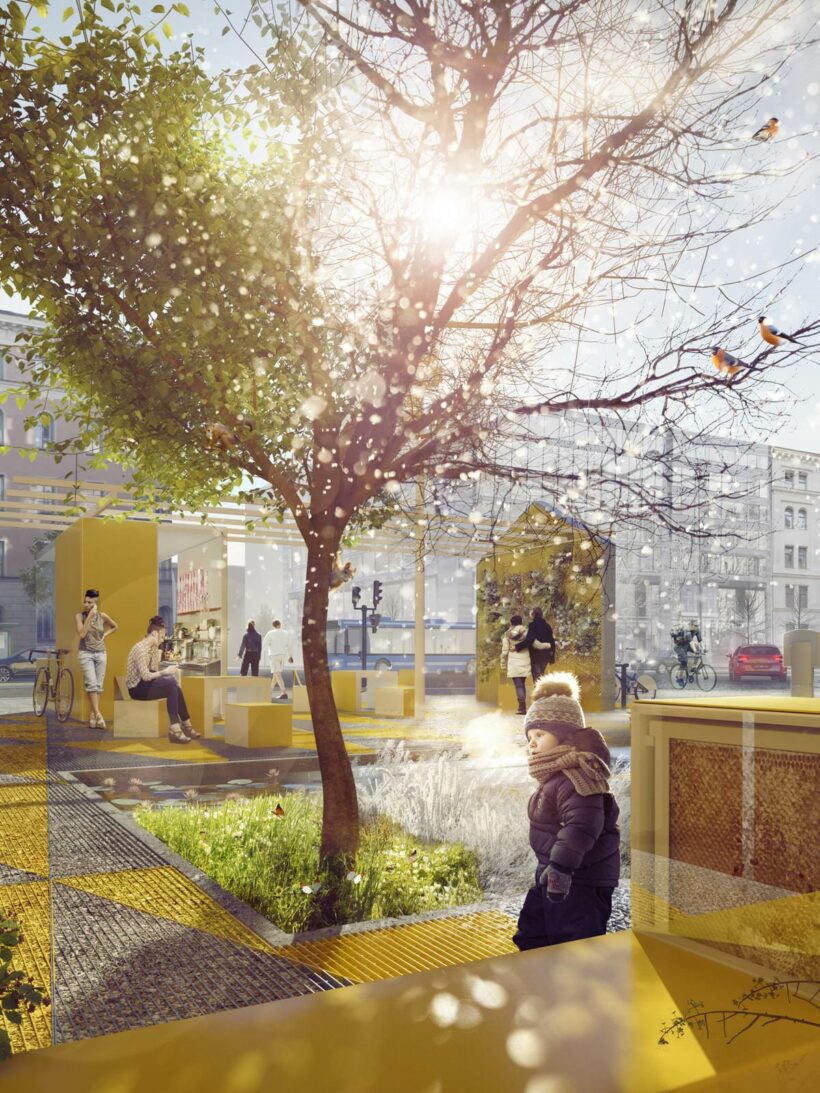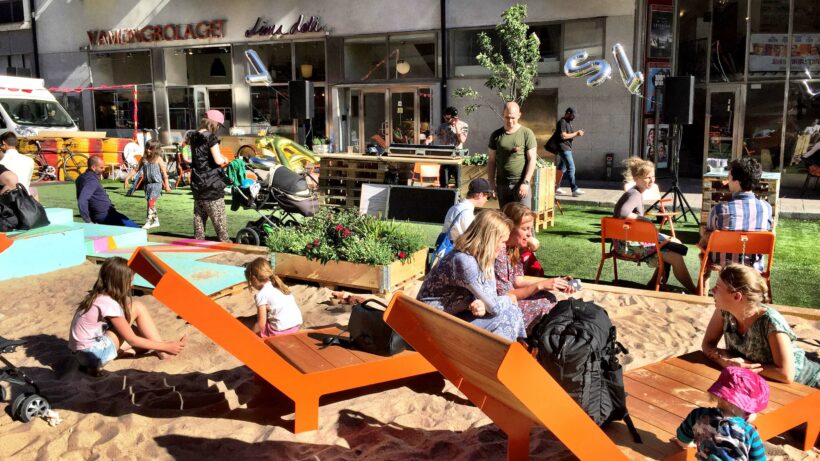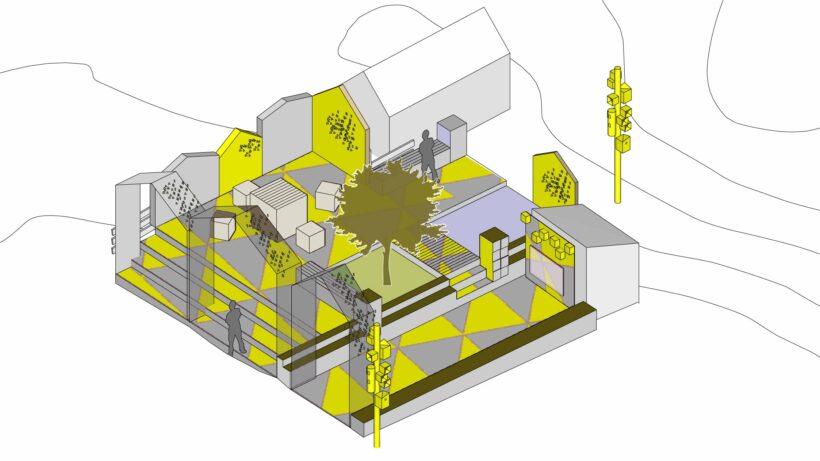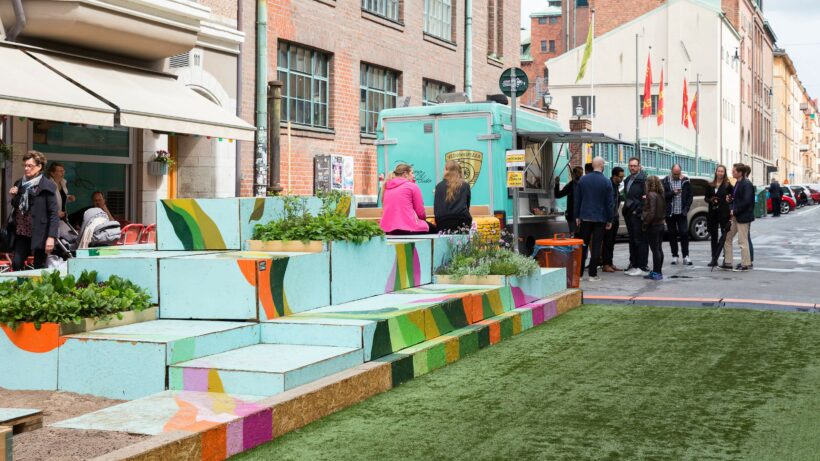Mutually beneficial green space
As cities grow larger and denser, the polluting effects of a city, along with fewer parks and green space can take a toll on the minds and bodies of city dwellers. The rise of Pocket Parks was initially a response to a lack of green amenity however, the core benefits to bestowed by these parks can be further enhanced by integrating ecological elements to create a microclimate where flora, fauna and humans can thrive in equal measure. By creating a sustainable living ecosystem, pocket parks can be a tool to counteract the negative effects of the urban environment.
